DEEP RED. A pinnacle of Italian giallo movies
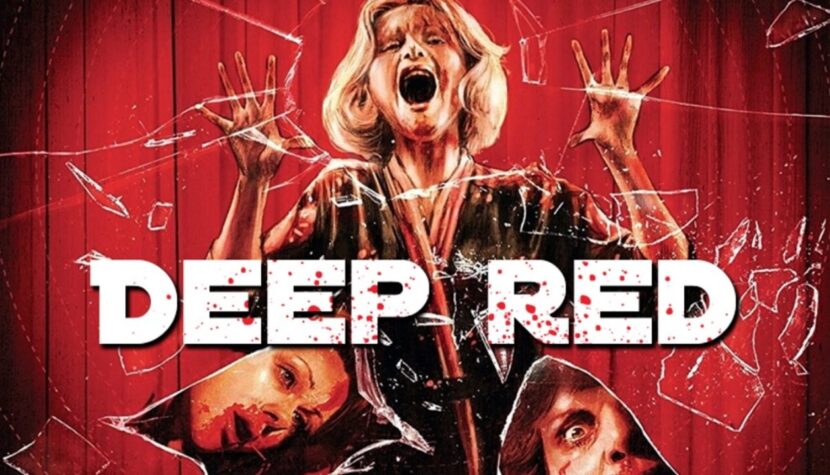
Mariusz Czernic once wrote an excellent compilation of ten giallo works, a genre or rather a convention directly derived from cheap, pulp crime novels published in Italy with yellow covers (hence the name – “giallo” is Italian for “yellow”). These films were characterized by a high level of violence and eroticism, tension arising from the criminal narrative, and the strong presence of the sexual frustrations of the characters, either in the plot or as subtext. They were primarily driven by criminal mysteries in which the motivation of the murderer was often more important than their identity.
For more information, I refer you to my colleague’s article. I encourage you to embark on an adventure with this specific type of thriller, starting with Dario Argento’s “animal” trilogy: the slow but visually striking Sei donne per l’assassino (better known by its English title, Blood and Black Lace), directed by Mario Bava; Pupi Avati’s surreal nightmare, The House with Laughing Windows; and Lucio Fulci’s The Psychic, which delves a bit into the realm of fantasy. Deep Red, also mentioned, is widely and rightfully considered the most flawless work of this genre – a fulfilled giallo in which the directorial mastery of Dario Argento reaches its zenith, and the criminal plot is complemented by truly shocking but also exciting stylistic bravura.
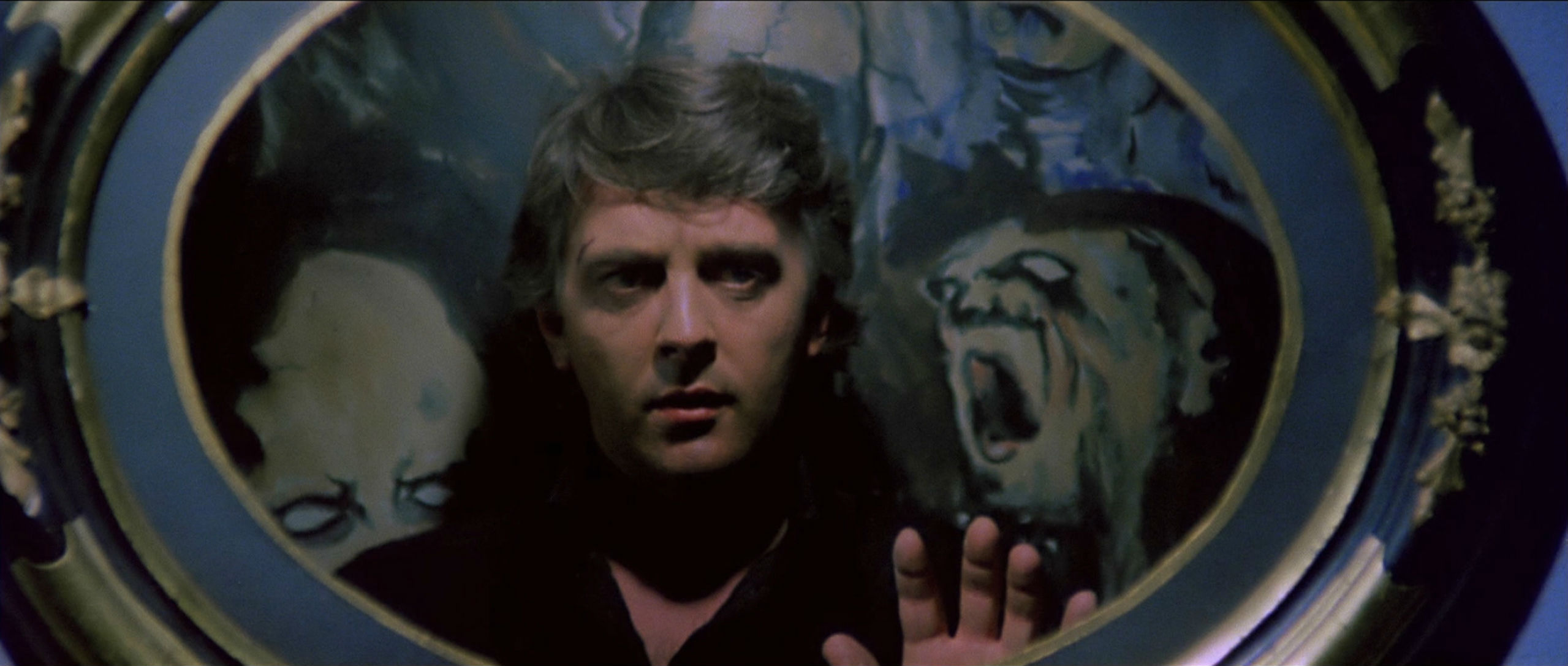
On the surface, this is a very classic detective story. When a German clairvoyant is brutally murdered in her apartment in Rome, the case is pursued by the only witness, English pianist Marcus Daly. Convinced that he saw a crucial detail at the crime scene but can’t remember it, he quickly becomes the target of a masked madman. The role of the musician is played by David Hemmings, the same actor who starred in Michelangelo Antonioni’s famous film Blowup a decade earlier. Deep Red is sometimes compared to the masterpiece of the swinging London era because in both films, the main character, though an eyewitness to a certain event, can’t ascertain what he actually saw. In both Antonioni’s and Argento’s films, Hemmings’ character struggles with the limitations of his own perception.
This motif is quite common in Argento’s films, starting from his debut, The Bird with the Crystal Plumage. It not only sets the action in motion but also introduces an element of play with the viewer, as Argento hides nothing from the audience. The Italian director often played with fire, showing an element early in the film that, when properly interpreted, provided a ready solution, sometimes with better results (as in The Bird…) and sometimes with worse ones (as in the horrifyingly unsuccessful Trauma). However, it’s in Deep Red that his audacity leads to the most significant revelation. If the film were to be commended for just its clever narrative trick, it would get lost among the plethora of other giallo works. Argento’s greatness lies in the fact that in his movies, almost every scene is treated as if it were pivotal to the entire plot, and each one, through its form, conveys (or suggests) a completely different meaning.
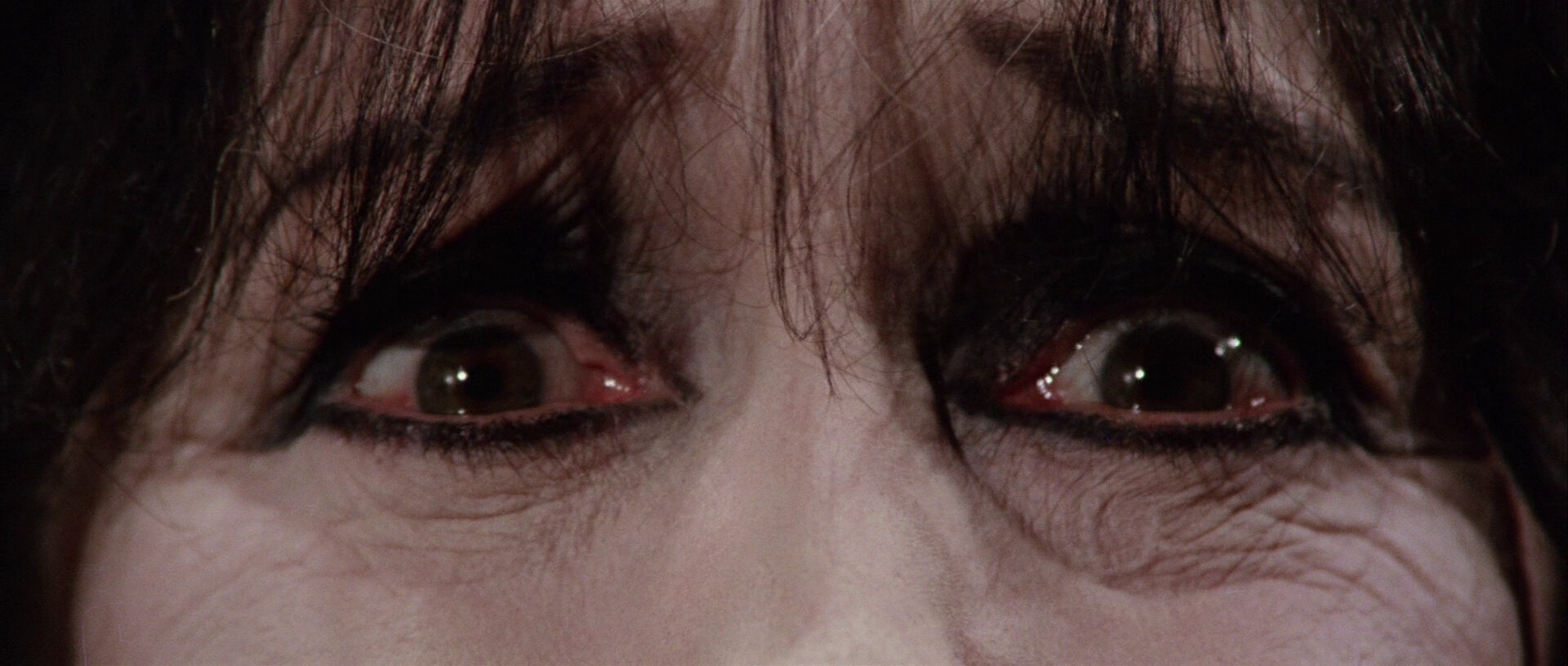
The prologue of Deep Red itself is a riddle for the viewer. In the opening scene, we see a festively decorated room with a Christmas tree and presents, and on the wall, a shadow of a brutal attack. The murderer stabs his victim with a knife, and shortly after the bloody murder weapon is thrown to the floor, the frame shows a child’s legs wearing old-fashioned shoes and long white stockings. Accompanied by a children’s song playing in the background, this image raises legitimate concerns, introducing the unsuspecting viewer into a world of macabre and sadistic imagination, questions about sexuality, the distinction between the perpetrator and the victim, and ultimately the merging of infantile sensitivity with the projection of a sick adult mind. Several times later in the film, we see the camera, operated by Luigi Kuveiller, sliding across a black canvas on which various objects are arranged – a child’s doll and a devil, a crib, glass marbles, two knives. Do we gain insight into the murderer’s psyche this way, delving into the place they return to when thinking of committing another heinous act? Or is it a real display of mementos that hold an almost sacred value for the madman? There is little sanctity in the film, but Argento places particular emphasis on these almost surreal shots, magnifying small objects to make them appear as relics.
Moreover, in departing from realism, we find another key to the success of Deep Red, which almost unconsciously combines rationality and irrationality, ultimately leading to a sense of uncertainty with a fantastical touch. Marcus’s investigation (and soon, also Daria Nicolodi’s portrayal of Gianna Brezzi, a young reporter who seems more interested in proving her superiority to the musician than solving the case) is logical and well-structured, as are the actions of the murderer, effectively eliminating individuals who could identify them. However, if we closely examine the murder scenes or the introductions leading up to them, we can identify elements that don’t fit with the realistically portrayed rest of the film.
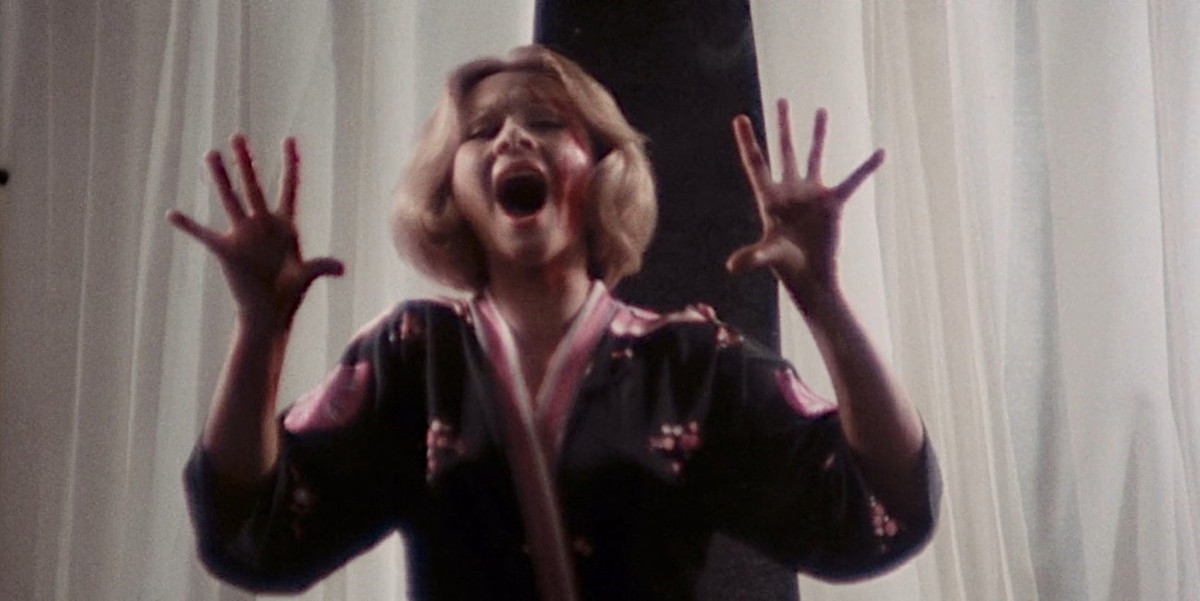
The failed attack on the musician foreshadows the emerging shadow of the murderer in his apartment. The pace and direction of the silhouette’s movement suggest that the intruder should swiftly burst into the room where Marcus is hiding, but this doesn’t actually happen. In another scene, a mechanical doll triggers fear in one of the characters – the toy has a ghostly expression and walks automatically toward the terrified man. However, the most remarkable aspect is the mere presence of the doll in the plot, which is shocking and disruptive. The behavior of some characters can also be frustrating, such as when a woman locked inside her own home can’t decide whether to escape or stay when she receives obvious signals of someone’s presence inside. All of these elements, as well as those more typical of horror than giallo, like the presence of a medium, the hypothesis of a haunted house, and even the intensity of the killer’s attack scenes, position Deep Red at the intersection of realism and fantasy – a boundary that the director would cross with the release of his next film, Suspiria.
Argento’s body of work is full of images and entire sequences that inspire admiration due to their masterful execution, creating a phantasmagorical quality and irrational fear that gives us shivers. This breaks through our defense mechanisms, in spite of the lack of logical justification for these moments. Horror is not a exact science, and the Italian filmmaker boldly takes action, not requiring us to suspend disbelief, but rather aiming to subject us to its will through sheer terror. If someone resists, they may quickly become dismissive of the story’s absurdities, but for fans of the director and those open to new experiences, a true feast awaits.
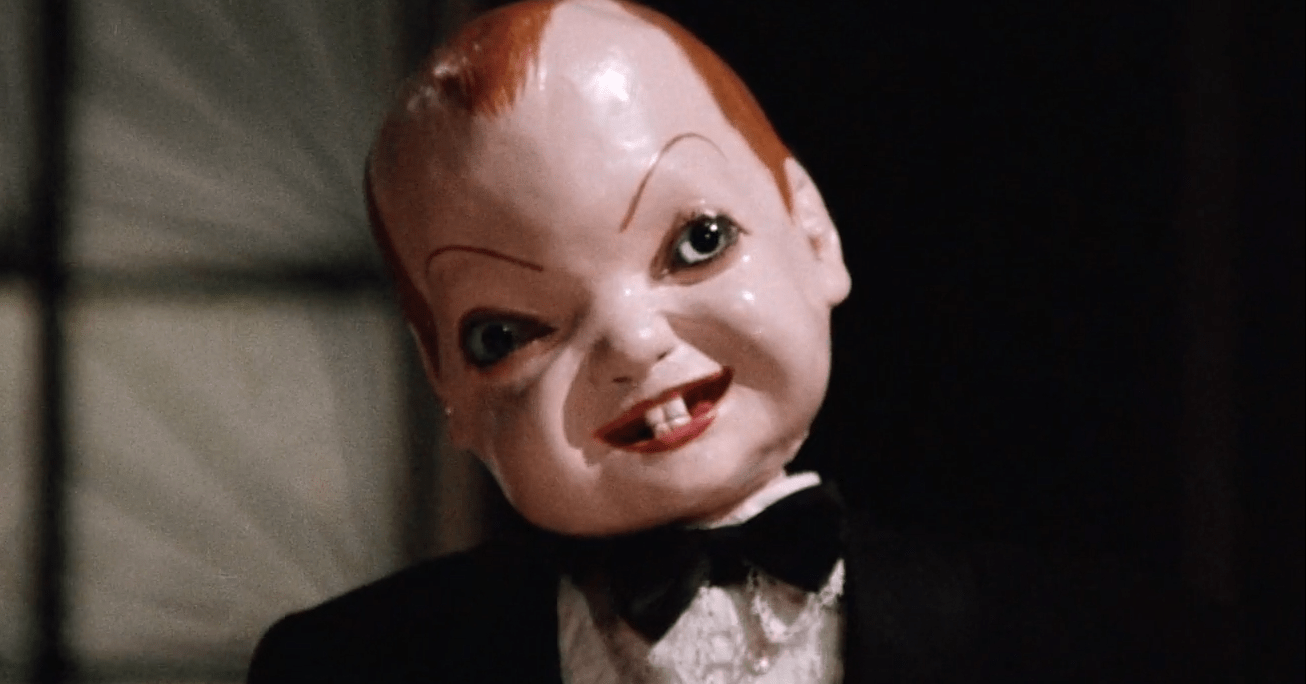
I vividly remember my first viewing of Deep Red, still in the export version, about 20 minutes shorter than the original*. Already knowing Argento’s name but not having seen any of his films, I wasn’t prepared for the shockingly aggressive and brutally violent murder scenes or the elegance of the execution, which I only began to appreciate with subsequent viewings. The Italian director demonstrated that you can treat an evidently B-movie format with the utmost respect while satisfying your appetite for the macabre and cruelty (it’s noteworthy that when someone is killed on screen, the killer’s hands always belong to Argento). In the death scenes, the director tries to outdo himself – each subsequent death is more spectacular than the previous one, and the final decapitation captivates with its execution and delivery.
It’s hard for me not to write with the utmost admiration for this particular film by Dario Argento, as I consider Deep Red or Profondo Rosso (the original, beautifully sounding title) to be his greatest achievement. Not only because the technical precision goes hand in hand with a real eruption of the Italian’s bloody talent. When we enter a room in one of the first scenes of the film, where the medium Helga Ulmann is about to delve into the mind of the psychopath, a red curtain opens in front of the camera, suggesting a spectacle, a certain convention, maybe even falseness. In a way, this curtain says more about the film’s theme than all the murders combined.
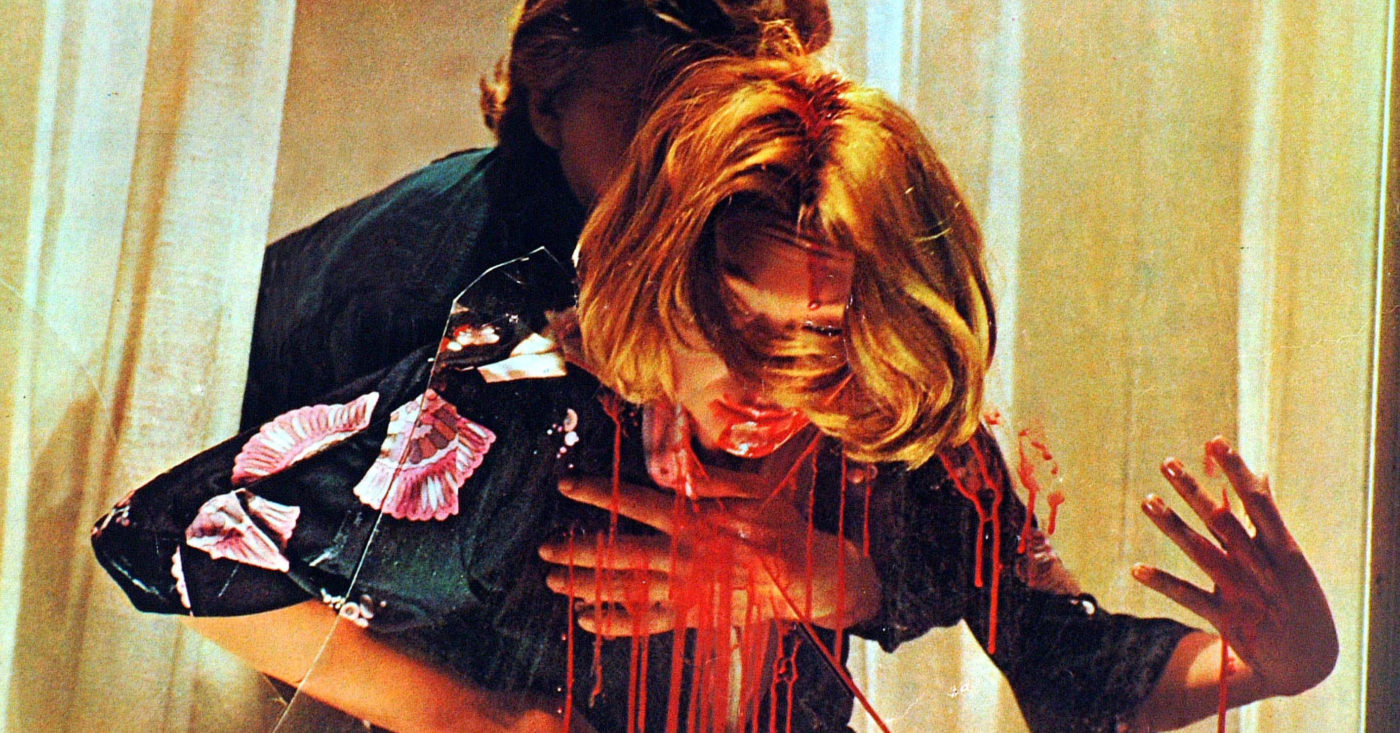
The essence of Deep Red is deceit – nothing here is true; objects and people have a dual nature, and the meaning of scenes changes with the change of perspective. This may sound banal, as we’re dealing with a crime film, a genre inherently meant to confuse tracks and deceive us, but Argento, not only as a screenwriter (along with Bernardino Zapponi) but also as a director, makes choices that emphasize the film’s theme. A woman pretends to be a man who pretends to be a woman (actress Geraldine Hooper plays the role of a male transvestite), Turin stands in for Rome, and the beautiful replica of the bar from Edward Hopper’s painting Nighthawks only confirms that reality here is tainted with artificiality. Perhaps the fact that the names in the previous sentence are almost identical means something too.
In one of the scenes, Marcus explains that when he strikes the piano keys, he imagines hitting his father’s teeth with a hammer, and a bit later in the film, we see a scene where someone indeed loses their teeth in exceptionally brutal circumstances. Hot steam irritates the back of the main character in a cafe, but not as much as the hot water in which the killer drowns and boils his victim’s face. In the commentary for the Blu-ray edition from a few years ago, an expert on Argento’s work, Thomas Rostock, talks about “rhyming images” that reveal themselves throughout the film. So, perhaps we’re not dealing with a division between the real and unreal but rather a cosmic regularity, an order that instructs us to look for meaning in repetition, patterns, and reflection. It’s not by chance that the body of the first victim and the killer in the final scene of the film react in an identical manner.
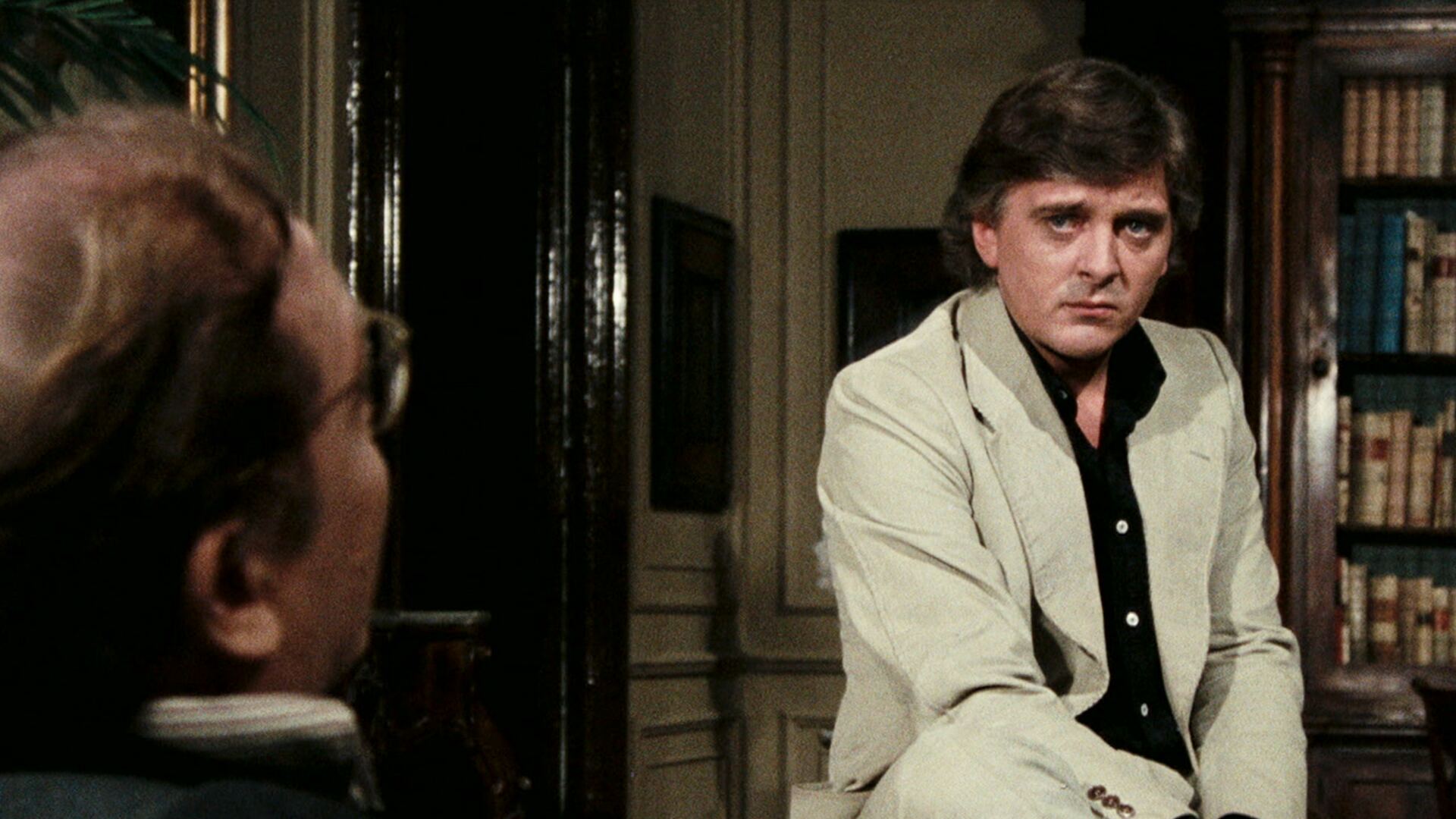
If I were to point out any issue I have with Argento’s film, it would be that after watching it, it’s challenging to be impressed by other giallo works. Deep Red takes everything that’s best from this genre (the director draws inspiration especially from his own The Bird with the Crystal Plumage), enveloping the crime intrigue with precise and sophisticated aesthetics, turning the sequences of the madman’s attacks into the main attraction. It also features a groundbreaking score by Goblin, along with more traditional yet excellent compositions by Giorgio Gaslini. If this particular giallo was the first one you saw (as was the case with me), it’s challenging not to feel a certain disappointment when you turn to works of this genre created before or after Deep Red. Some of them have excellent plots and puzzles, others can surprise with individual directorial ideas, and yet others are watched today to recognize familiar motifs that have entered the language of world cinema. However, it’s precisely Argento’s masterpiece that represents the pinnacle of the Italian thriller subgenre.
It’s no wonder that Dario Argento’s subsequent films include the famous Suspiria and its equally fantastic follow-up, Inferno, which turns psychopaths into witches and prioritizes spectacle over logic. Argento later returns to the giallo genre with the brutal Tenebrae, but in this film, he doesn’t so much exploit the convention as shatter it from within, making the author of horror novels the main suspect in a series of murders. After this self-referential and subversive commentary, the genre reaches an impasse, and it more or less remains there.
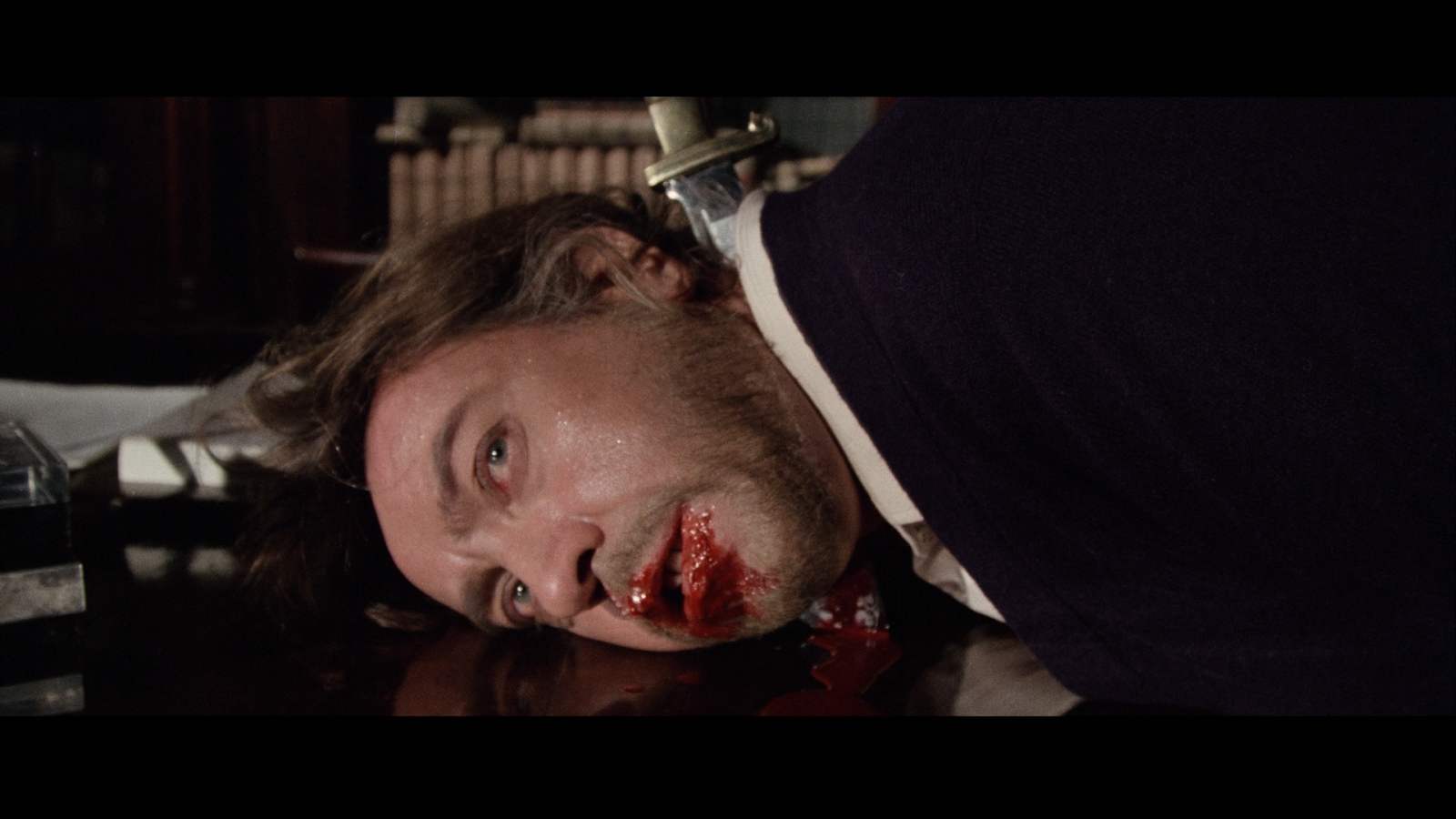
*I still prefer this shorter version to this day – it’s better tailored as a thriller, eliminating many scenes showing the relationship between Marcus and Gianna, which are important for the overarching theme of gender wars, a motif that later finds its expression in the main storyline but noticeably slows down the pace of the film. And it’s better to listen to David Hemmings in the original version than the Italian-dubbed version, as only the longer version offers the original soundtrack.

